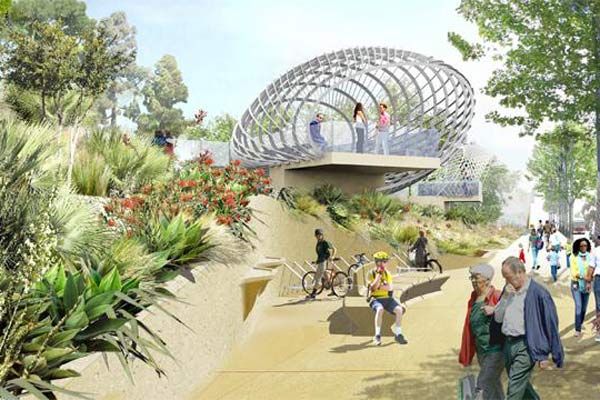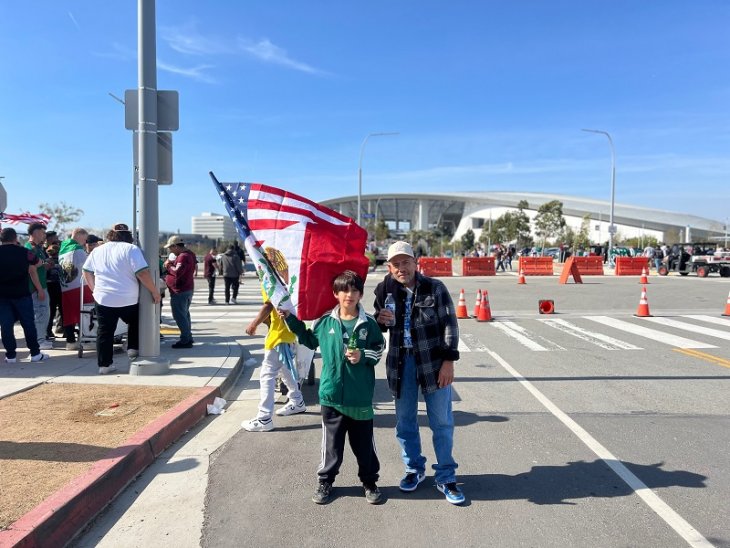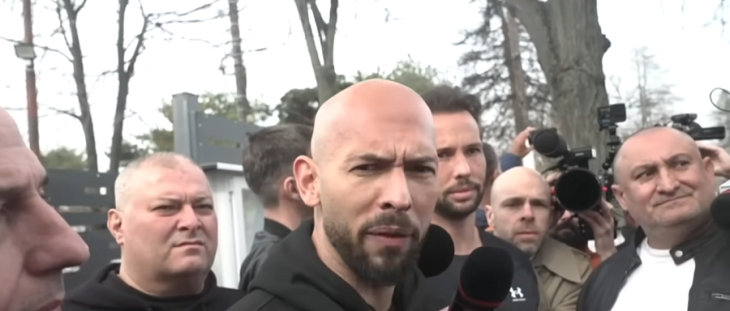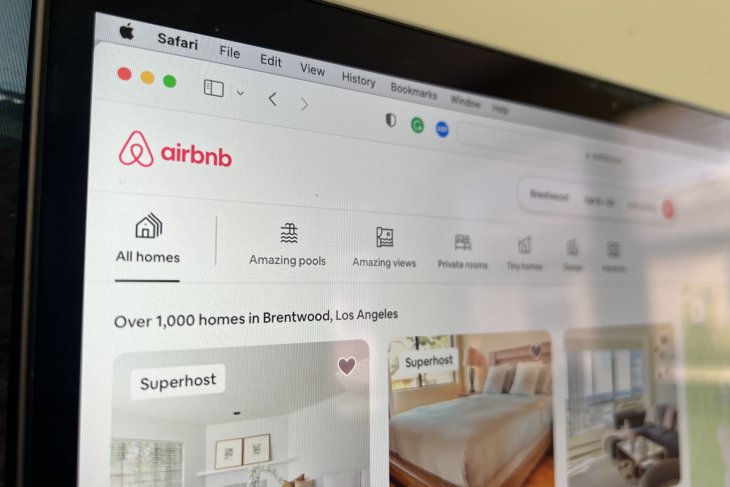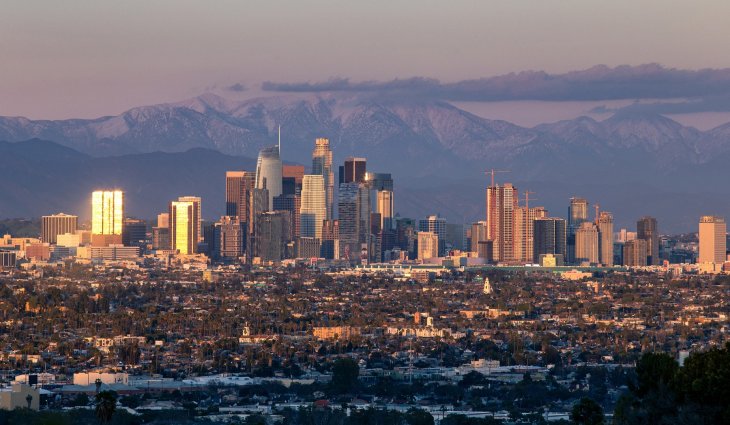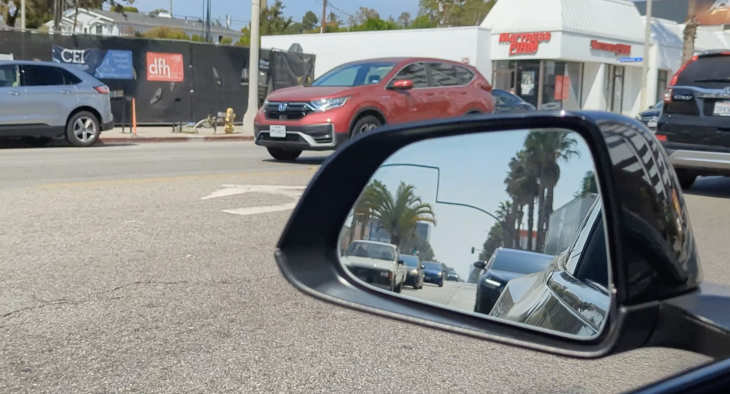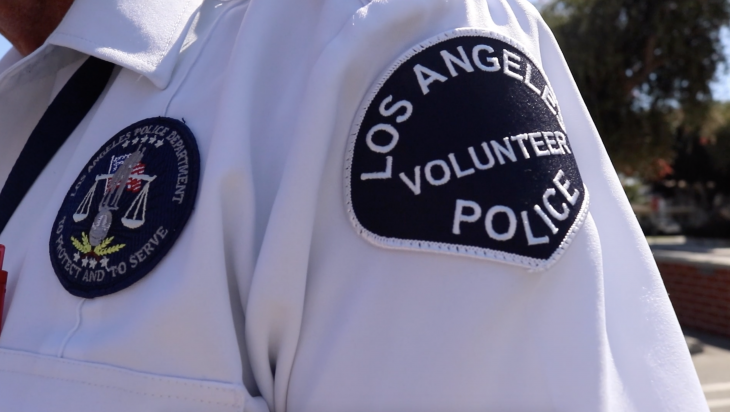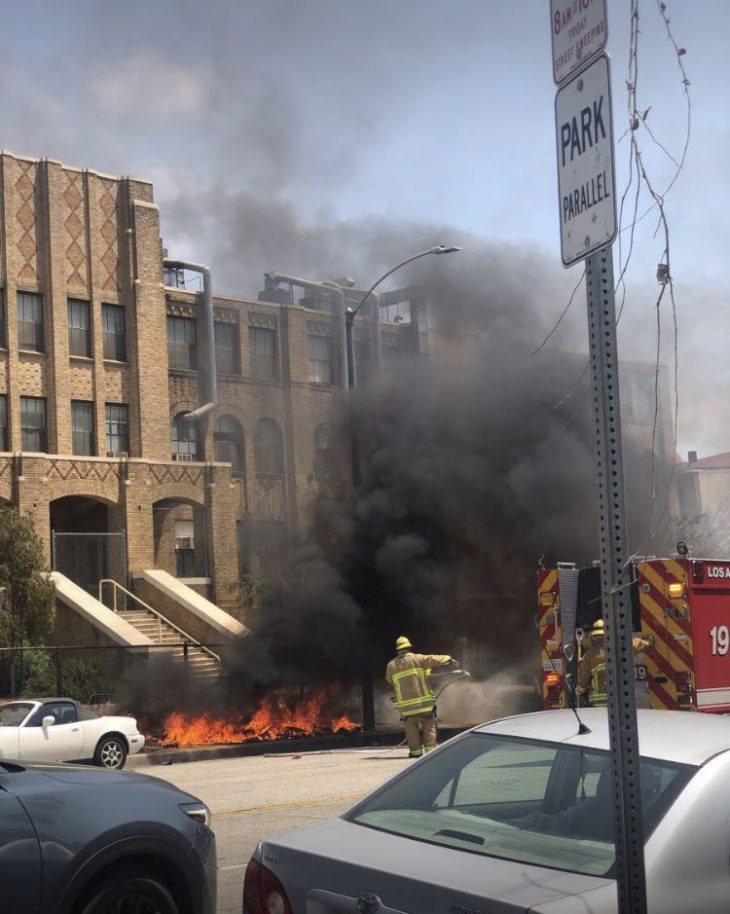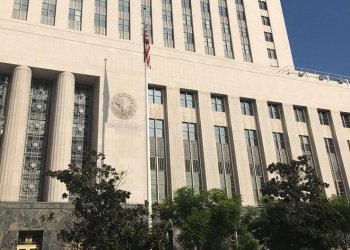SMart Column| Eight big challenges the City must address right now.
1. The City must get ready to deal with the rise in sea levels. In Southern California we are likely to see a huge erosion of the major beaches by the end of this century, according to the American Geophysical Union (www.usgs.gov/news/disappearing-beaches-modeling-shoreline-change-southern-california). Is the City ready for the near-disappearance of its major tourist attraction, and the funds it generates? Should the City be building major infrastructure components today where they will be covered by seawater in the next few decades? Our current planning efforts are blind to this future and need revising
2. The City must prepare for a shortage of drinking water. For all the efforts the City is making to conserve drinking water, to recycle water for use in the City’s landscaped areas, and – in theory – to avoid increasing the use of water here, the numbers clearly indicate that our community will continue to be dependent on imported water into the foreseeable future. Those imported water supplies will become increasingly inconsistent, unreliable and expensive over time (if they even remain available). This is a hard reality for us to plan for. The alternatives available to us right now – curtailing development, reducing or eliminating water-intensive landscaping, even ocean water desalination – seem unpalatable to City government, or the community. Avoiding planning for this future is to dance with disaster.
3. The City must move swiftly to address the huge reduction in retail activity in brick-and-mortar stores. Asking the public for ideas, as the City has done very recently, is a good thing and garners good publicity, but we need to move beyond the public-workshop approach into a far more serious long-range plan that looks at the actual economics of brick-and-mortar retail. This master plan should focus on how this sector can be enhanced and preserved where possible. A review by the Institute for Local Self-Reliance (https://ilsr.org/affordable-space) describes successful efforts in other communities (such as a program in Brooklyn that requires developers to reserve commercial space for local retailers with rents 30 percent below market rate, if they meet certain conditions).
4. The City has unique challenges with traffic, and it must prepare for the arrival of self-driving automobiles and buses soon. To date little, if anything, has been done to examine the impact that autonomous vehicles would have on our city. Will more parking be needed, or less? How will this affect our current zoning and urban planning – will we need more pick-up and drop-off locations? Will these vehicles use electricity instead of gasoline? Where will they be charged, and what effect will this have on the city’s electrical infrastructure? Will we see more blackouts around our neighborhoods if Edison fails to provide enough capacity for these new forms of transportation? Someone in our leadership circles needs to be thinking about this right now.
5. The City must prepare for the aging of its population. According to the Southern California Association of Governments, between 2000 and 2016, the age group 55-64 increased from 9.1 to 13.5 percent of residents, and those older than 65 increased their share even more, to about 17 percent. (https://www.scag.ca.gov/Documents/SantaMonica.pdf) These two groups together represent about a third of all residents, and their proportion of the overall population will grow faster in coming years. How is the City preparing for the needs of these residents? Do our master-planning efforts take into account the aging of our local residents? Are the streets being made easier and safer to navigate? Is it easier for folks to get around town, deal with city authorities, and enjoy increased protection from crime?
6. The City must address the homeless situation with swift and bold action. Task forces and organized efforts are a laudable pursuit, but as we see every day around the city, these efforts have not yielded effective results. Especially where parks are concerned, the city has yielded control of those places to folks whose behavior makes many parks unusable to others. Unless the City takes this problem by the horns, the result will make itself felt in the upcoming elections.
7. The City must stop the large increase in crime that all of our neighborhoods have experienced recently. Certainly this is a regional problem and not confined to Santa Monica. There are measures that the city can take to discourage criminal behavior in our area. This should become a top priority for the city immediately. We have an excellent police force with dedicated and effective officers, but the measures the city must take extend beyond the confines of the Police Department.
8. The City must make immediate and serious efforts to stanch the financial hemorrhaging that is leading the City to financial peril, including, front and center, the looming pension problem. The problem will not be solved with increases in service fees, nor should basic services, such as trash collection, be curtailed and limited while the city indulges in large and discretionary expenses, such as costly new city buildings (when less expensive ones will do).
These are eight big challenges we all face. The time for action is now.
Daniel Jansenson, Architect for SMa.r.t.
Santa Monica Architects for a Responsible Tomorrow: Thane Roberts AIA, Robert H. Taylor AIA, Daniel Jansenson Architect, Building and Fire-Life Safety Commissioner, Ron Goldman FAIA, Samuel Tolkin Architect, Mario Fonda-Bonardi AIA, Planning Commissioner, Phil Brock, Arts Commissioner

